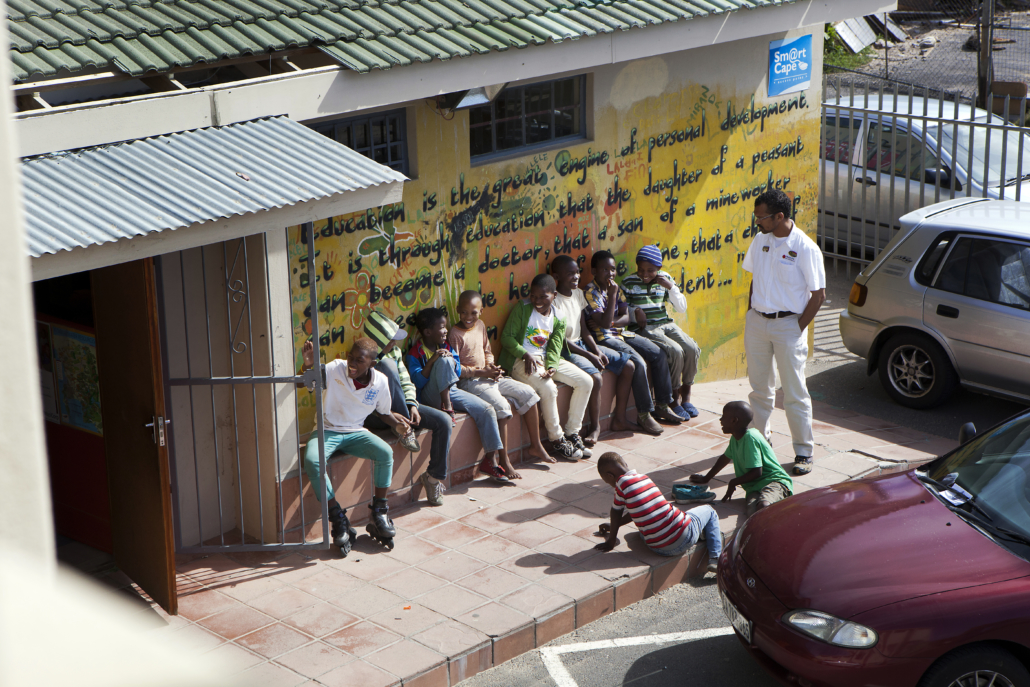How the Cape Town Water Crisis Was Averted

Cape Town, South Africa’s legislative capital, has a population of about four million, which is nearly 8% of the entire South African population. South Africa has been successful in cultivating a democratic country, but it has a persistent inequity issue. In 2015, the bottom 60% of the country only held 7% of South Africa’s net wealth. Although more than 55% of South Africans live below the poverty line, 93% of black South Africans live in poverty. Cape Town, although not exempt from issues of inequity, is a thriving metropolis to South Africa. When the Cape Town water crisis rose to a peak in 2017, it became imperative for the city to make some serious changes before they ran out of water completely. Here is how Cape Town recovered from its devastating water shortage and a look at where the city is today.
How the Crisis Began
Cape Town has long been praised for its award-winning water management achievements and efficient use of the city’s six largest reservoirs, which can hold up to 230 billion gallons of water. The city was well aware of the impending climate changes and took measures to decrease overall water consumption.
Despite their efforts, Cape Town neglected to factor in the steady decreases in annual rainfall. This oversight was minor at the time and the city’s reservoirs were full in 2014. However, a sudden three-year-long drought drained the reservoirs to only 26% capacity by 2017. The city declared they would shut municipal water taps off when they reached 13.5% capacity.
City Measures
The term “Day Zero” became the name for the day that water taps would be shut off city-wide, essentially the day Cape Town would officially run out of water. With Day Zero looming and reservoirs draining, the city and its residents sprung into action to avoid the ultimate Cape Town water crisis.
At the beginning of 2017, the average city resident used 600 liters per day. City officials lowered that daily limit to 50 liters per day. To put that number into perspective, the average Californian used 321 liters of water per day during the 2016 drought. If a household went above that 50 liter limit, it faced hefty fines and a meter installation to shut off the water automatically once it exceeded the daily limit. The city also implemented severe quotas for agricultural and commercial institutions.
Residents Doing Their Part
The Cape Town water crisis could not have been averted if not for innovative action from the residents themselves. People began to recycle shower and washing machine water as well as limit toilet flushes to once a day. Farmers diverted their water supply away from their own farms for the city to use. Swimming pools and lawns were no longer essentials and residents no longer used water for such amenities. Social media played a key role as well by being a platform to share advice with a large audience. Local restaurants and bars started competitions to see who could refrain from washing their clothes the longest. The combination of these efforts is what saved the 4 million people from ever having to experience Day Zero.
The Role of Poverty
Although the Cape Town water crisis affected the entire city, it hit some residents much harder than others. South Africa is already a country known for its inequity issues, and the water crisis exacerbated that fact. Wealthy residents found ways to get around the restrictions by hiring companies to dig $6,000 wells for them, buying large amounts of drinkable water at inflated prices, and even installing filtration systems to make groundwater drinkable. Poor residents, on the other hand, were at the mercy of the city and had to sacrifice buying food to be able to buy water.
Where is Cape Town Today?
Cape Town finally experienced an average rainy season in January 2018, allowing the city to postpone the arrival of Day Zero indefinitely. After the immediate crisis had been averted, the city began planning for ocean water desalination and groundwater extraction as backup water sources. These are more long-term solutions, but they present issues of their own such as the affordability of such intense installations and the impact on local ecosystems.
Limits on water usage have been loosened slightly; however, they still exist and are strictly enforced. This continues to negatively impact the city’s poorest residents. Perhaps the most helpful action taken since the crisis has been the weekly reports on dam capacities. As of July 2020, all the dams are holding steady at around 80% capacity.
Although the Cape Town water crisis never fully culminated in a citywide water shutoff, the impact of the event still resonates with the poor. Moving forward, efforts need to be made to ensure equal water access for all residents.
– Natalie Tarbox
Photo: Flickr
